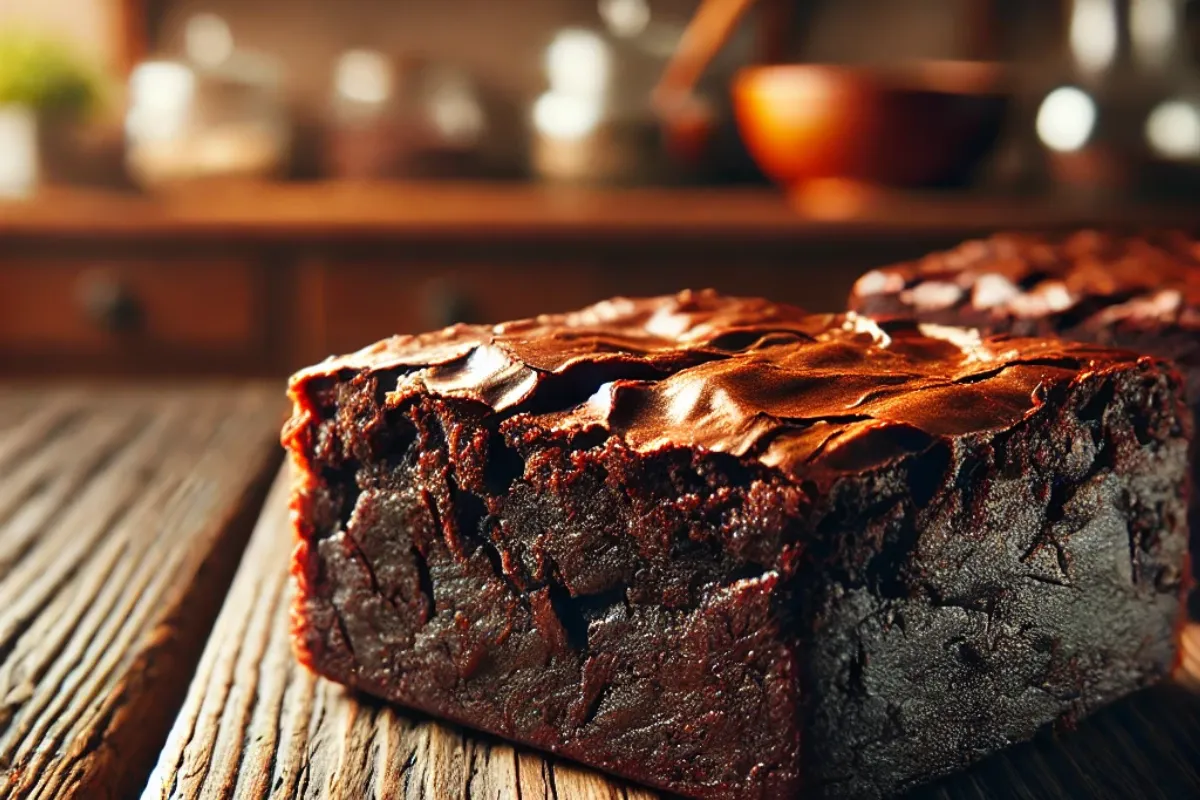What makes a brownie chewy vs cakey? This is a common question among bakers looking to perfect their brownie recipe. The texture of a brownie can vary significantly depending on the ingredients and techniques used. Understanding these factors will help you create the perfect brownie, whether you prefer it chewy or cakey.
Introduction to Brownie Textures
When it comes to brownies, the texture is key. Whether you’re aiming for a chewy or cakey brownie, the way you combine your ingredients will make all the difference. In this guide, we’ll explore what makes a brownie chewy vs cakey and provide tips on how to achieve your desired texture. If you’re curious about other types of brownies, check out our guide on the three types of brownies.
Key Ingredients for Chewy Brownies
To achieve a chewy brownie, it’s crucial to focus on specific ingredients that contribute to a denser, more satisfying bite:
- Sugar Type: Brown sugar is ideal for chewy brownies. It retains more moisture than white sugar, helping to keep your brownies soft and chewy.
- Egg Yolks: Adding extra egg yolks increases the fat content, leading to a richer, chewier texture.
- Flour Amount: Using less flour helps maintain the dense texture typical of chewy brownies.
These adjustments are key to mastering the art of making chewy brownies. For further details, you might want to explore how butter can be replaced with yogurt in brownies to maintain chewiness.
Key Ingredients for Cakey Brownies
For those who prefer a cakey brownie, the following ingredient adjustments are essential:
- Increased Flour: More flour gives the batter structure, resulting in a fluffier, cake-like texture.
- Leavening Agents: Incorporating baking powder helps the brownies rise, creating a lighter, airy crumb.
- Balanced Fat and Sugar: Reducing the fat content, particularly butter or oil, prevents the brownies from becoming too dense.
Understanding these differences will help you control what makes a brownie chewy vs cakey. If you’re interested in exploring more about the differences in brownie textures, you can read about what makes brownies cakey vs fudgy.
Comparison Between Chewy and Cakey Brownies
The primary difference between chewy and cakey brownies lies in the ratios of the ingredients:
- Chewy Brownies: Higher sugar and fat content, with less flour and fewer leavening agents, results in a denser, chewier texture.
- Cakey Brownies: More flour and leavening agents, paired with a balanced fat content, lead to a lighter, fluffier texture.
For more on adjusting your recipes to get the perfect brownie texture, see our brownie texture guide.
Adjusting Recipes for Desired Texture
If you have a favorite brownie recipe but want to adjust the texture, here are some tips:
- To Make Brownies Chewier: Add more brown sugar, increase the number of egg yolks, and reduce the amount of flour.
- To Make Brownies Cakier: Increase the flour and add a small amount of baking powder. Reduce the fat content slightly to avoid a dense texture.
FAQs About Brownie Textures
- What’s the best type of sugar for chewy brownies?
Brown sugar is the best choice for achieving a chewy texture because it retains more moisture. - Can you make brownies chewy without using eggs?
Yes, by substituting eggs with ingredients like applesauce or yogurt, which also add moisture and density. For more on this, check out how Greek yogurt can replace eggs in brownie mix. - How do baking times affect brownie texture?
Shorter baking times result in denser, chewier brownies, while longer times produce a lighter, cakey texture.
Conclusion and Final Thoughts
Understanding what makes a brownie chewy vs cakey allows you to tailor your recipe to your taste. By experimenting with different ingredients and techniques, you can create brownies that are either dense and chewy or light and fluffy.

